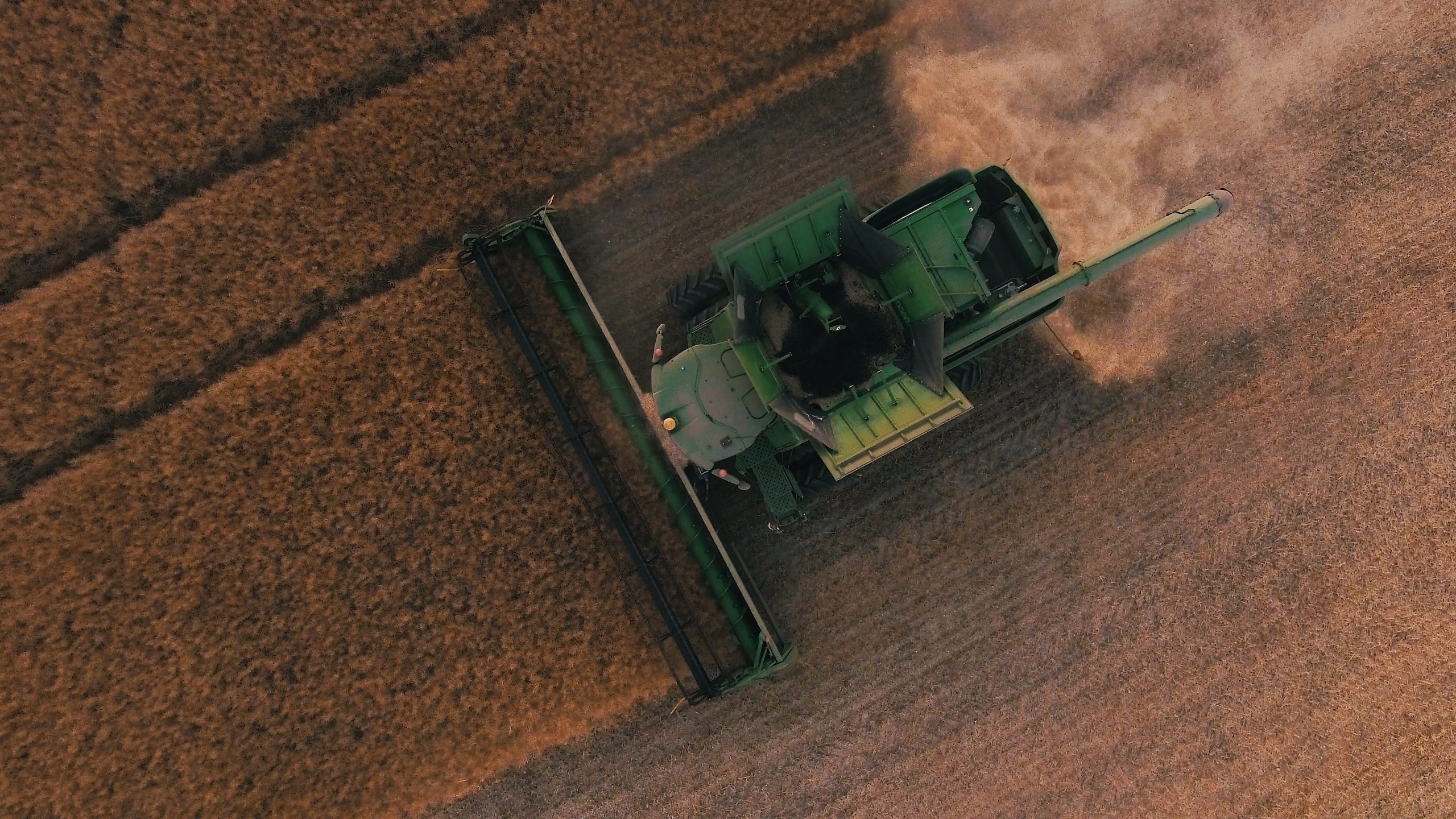
Fishing and agriculture, two key sectors for the Spanish economy
The Spanish economy has two essential pillars: fishing and agriculture. These sectors play a fundamental role in the economic and social life of the country, contributing significantly to the Gross Domestic Product (GDP), employment and trade balance. Throughout this article, we will explore in depth the importance of fishing and agriculture in Spain, highlighting their key figures, the leading companies and the challenges they currently face.
The Spanish fishing sector is one of the most important in Europe, with an annual production of around 2 million tons. The Spanish fishing fleet is made up of more than 10,000 vessels operating in all the world’s oceans. This diverse fleet is dedicated to catching a wide variety of species, the main ones being tuna, hake, sardine and cod. Not only do these products meet the needs of the domestic market, but they are also exported internationally, contributing significantly to Spain’s trade balance.
In terms of business figures, the Spanish fishing sector generated a GDP of approximately 1.2 billion euros in 2022. In addition, direct employment in this sector is estimated at around 30,000 people, and there are another 100,000 indirect jobs related to fishing and processing activities.
Among the leading fishing companies in Spain, names such as Grupo Profand, one of the largest fishing companies in the world with headquarters in Vigo, stand out. Conservas Ortiz, based in Bermeo, is another family business specialized in the production of canned fish that has gained recognition in the market.
However, the Spanish fishing sector is not without challenges. One of the main challenges it faces is the need to ensure the sustainability of its activities. Increasing environmental pressure requires responsible exploitation of natural resources to avoid overexploitation and depletion of marine species. In addition, the sector must compete in the global market with countries that have lower production costs.
Agriculture, land as a source of wealth
The Spanish agricultural sector is also an important economic engine for the country. Despite the fact that Spain occupies only 6% of European territory, agriculture contributes significantly to the national GDP, representing approximately 5% of the Spanish economy.
The most prominent agricultural products in Spain include crops such as wheat, corn, barley, sunflower, olives, grapevines and a wide variety of fruits. These products are essential both for the domestic market and for exports, making Spanish agriculture a key player in the international arena.
In terms of numbers, the Spanish agricultural sector generated a GDP of around 50 billion euros in 2022. In addition, it provides direct employment to more than 1.3 million people throughout Spain, and another 2.5 million indirect jobs are linked to activities related to agriculture.
However, Spanish agriculture faces challenges similar to those of the fishing sector. Sustainability is a constant concern, and appropriate management of natural resources and a reduction in environmental impact are required. In addition, agriculture must adapt to changing consumer trends, such as the growing demand for organic and local products. Digitalization also presents itself as an opportunity to improve efficiency and competitiveness in the agricultural sector.
To ensure a sustainable and prosperous future, it is essential that the fishing and agricultural sector in Spain continue to work on solutions to address these challenges and make the most of their potential in the global market. Not only are these sectors fundamental from an economic perspective, but they also play a crucial role in food security and cultural identity in Spain.
